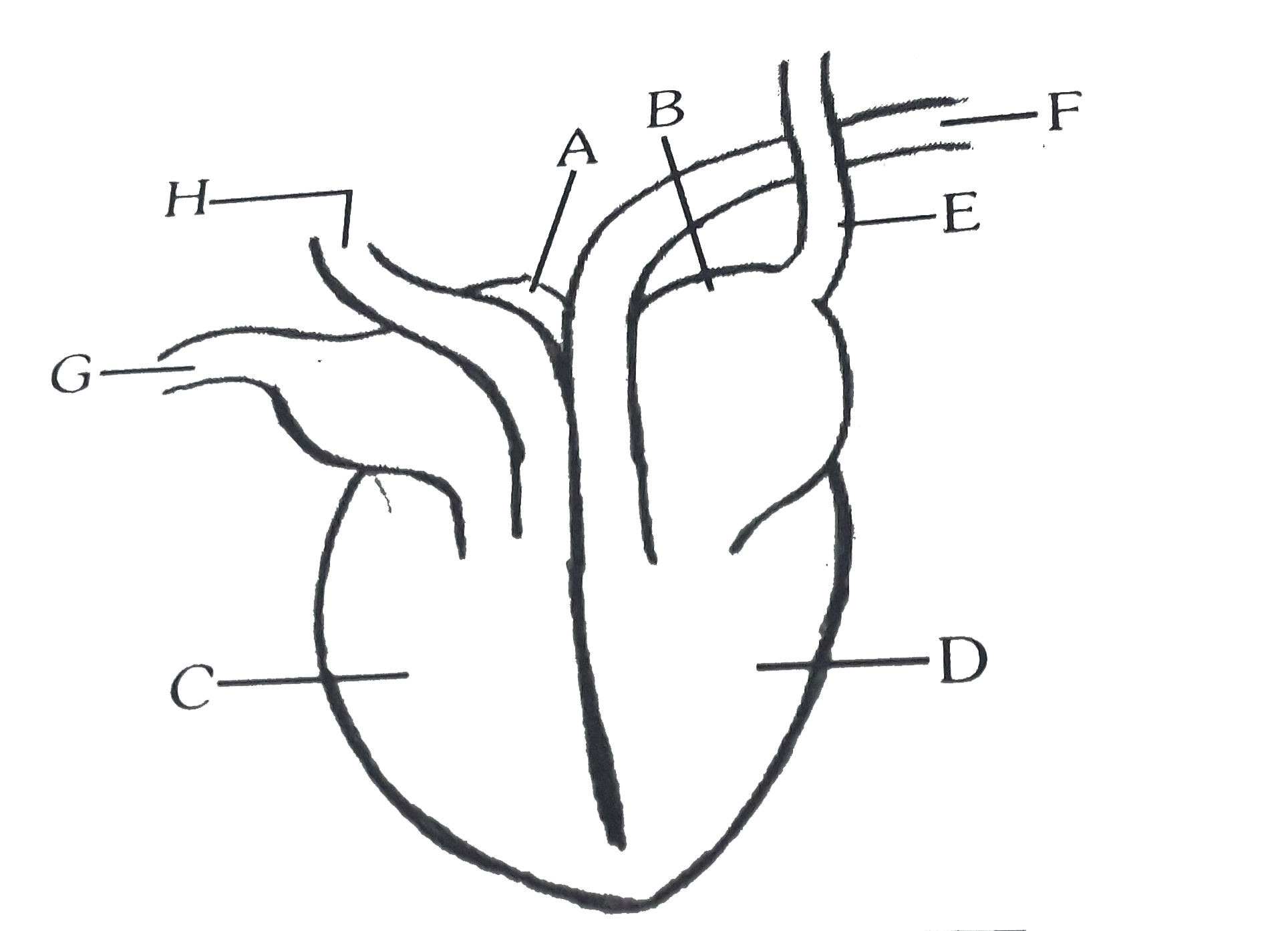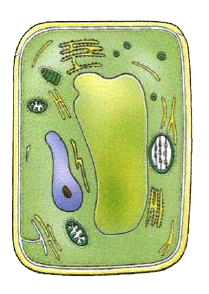With the help of labelled diagrams show the mechanism of beathing in humans.
Step-by-Step Solution for the Mechanism of Breathing in Humans
Step 1: Understanding Breathing
Breathing in humans consists of two main processes: inhalation and exhalation. Inhalation is the process of taking in oxygen, while exhalation is the process of expelling carbon dioxide.
Step 2: The Role of the Diaphragm
The diaphragm is a dome-shaped muscle located at the base of the thoracic cavity. During inhalation, the diaphragm contracts and moves downward, increasing the volume of the thoracic cavity. During exhalation, the diaphragm relaxes and moves back to its original position, decreasing the volume of the thoracic cavity.
Step 3: The Movement of Ribs
The ribs are attached to the thoracic cavity and play a crucial role in breathing. During inhalation, the ribs move outward and upward, which further expands the thoracic cavity. During exhalation, the ribs move back to their original position, helping to push air out of the lungs.
Step 4: Changes in Lung Volume
As the diaphragm and ribs move, the volume of the lungs changes. During inhalation, the volume of the lungs increases, allowing air to fill them. Conversely, during exhalation, the volume of the lungs decreases as air is pushed out.
Step 5: Changes in Thoracic Cavity Volume
The thoracic cavity's volume changes in coordination with the lungs. When the diaphragm contracts and the ribs expand, the thoracic cavity's volume increases, allowing the lungs to fill with air. When the diaphragm relaxes and the ribs return to their original position, the thoracic cavity's volume decreases, forcing air out of the lungs.
Diagrams
1. Inhalation Diagram:
- Show the diaphragm moving downwards.
- Indicate the ribs moving outward and upward.
- Illustrate the lungs expanding.
2. Exhalation Diagram:
- Show the diaphragm moving upwards.
- Indicate the ribs moving back to their original position.
- Illustrate the lungs contracting.
Summary
Inhalation and exhalation are essential processes of breathing that involve the coordinated movement of the diaphragm, ribs, lungs, and thoracic cavity. The diagrams help visualize these movements and understand how air is drawn in and expelled from the lungs.
---
Breathing in humans consists of two main processes: inhalation and exhalation. Inhalation is the process of taking in oxygen, while exhalation is the process of expelling carbon dioxide.
The diaphragm is a dome-shaped muscle located at the base of the thoracic cavity. During inhalation, the diaphragm contracts and moves downward, increasing the volume of the thoracic cavity. During exhalation, the diaphragm relaxes and moves back to its original position, decreasing the volume of the thoracic cavity.
The ribs are attached to the thoracic cavity and play a crucial role in breathing. During inhalation, the ribs move outward and upward, which further expands the thoracic cavity. During exhalation, the ribs move back to their original position, helping to push air out of the lungs.
As the diaphragm and ribs move, the volume of the lungs changes. During inhalation, the volume of the lungs increases, allowing air to fill them. Conversely, during exhalation, the volume of the lungs decreases as air is pushed out.
The thoracic cavity's volume changes in coordination with the lungs. When the diaphragm contracts and the ribs expand, the thoracic cavity's volume increases, allowing the lungs to fill with air. When the diaphragm relaxes and the ribs return to their original position, the thoracic cavity's volume decreases, forcing air out of the lungs.
1. Inhalation Diagram:
- Show the diaphragm moving downwards.
- Indicate the ribs moving outward and upward.
- Illustrate the lungs expanding.
- Show the diaphragm moving upwards.
- Indicate the ribs moving back to their original position.
- Illustrate the lungs contracting.
Inhalation and exhalation are essential processes of breathing that involve the coordinated movement of the diaphragm, ribs, lungs, and thoracic cavity. The diagrams help visualize these movements and understand how air is drawn in and expelled from the lungs.
Topper's Solved these Questions
- RESPIRATORY SYSTEM IN HUMANS BOOK - ICSECHAPTER - RESPIRATORY SYSTEM IN HUMANS EXERCISE - Exercises
1 Videos
- RESPIRATORY SYSTEM IN HUMANS BOOK - ICSECHAPTER - RESPIRATORY SYSTEM IN HUMANS EXERCISE - Exercises(Look at the picture given below and sanwer the following question.)
1 Videos
- RESPIRATORY SYSTEM IN HUMANS BOOK - ICSECHAPTER - RESPIRATORY SYSTEM IN HUMANS EXERCISE - Exercises (Answer the following in short.)
5 Videos
- RESPIRATORY SYSTEM BOOK - ICSECHAPTER - RESPIRATORY SYSTEM EXERCISE - TEST YOURSELF (VII. Answer the following quesitons )
3 Videos
- TEST PAPER 1 BOOK - ICSECHAPTER - TEST PAPER 1 EXERCISE - Label the parts of a plant cell.
1 Videos
Similar Questions
label the diagram

View SolutionLabel the diagram.

View SolutionWhat is secondary growth ? With the help of labelled diagrams describe the secondary growth in a simple dicot root.
View SolutionWith the help of labelled diagrams, depict the stages of a microspore maturing into a pollen grain.
View SolutionWith the help of a labelled diagram show that there are four octahedral voids per unit cell in cubic close packed structure .
View SolutionDescribe the working of an AC generator with the help of a labelled circuit diagram. What changes must be made in the arrangement to convert it to a DC generator?
View SolutionDraw a labelled diagram of human ovum.
View SolutionExpalin the process of the transpot and relase of a neurotransmitter with the help of a labelled diagram showing a complete neuron, axon terminal and synapse.
View SolutionWith the help of self explanatory diagrams show the process of mitosis.
View SolutionWith the help of labelled diagram describe steps of inflammatory reaction that occur at the point of injury to seal the wound.
View Solution
